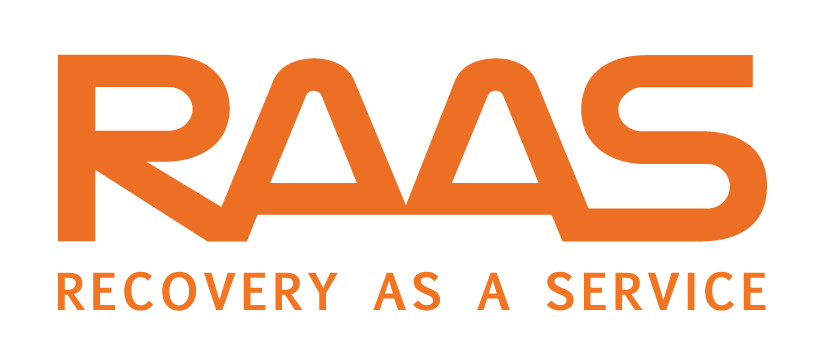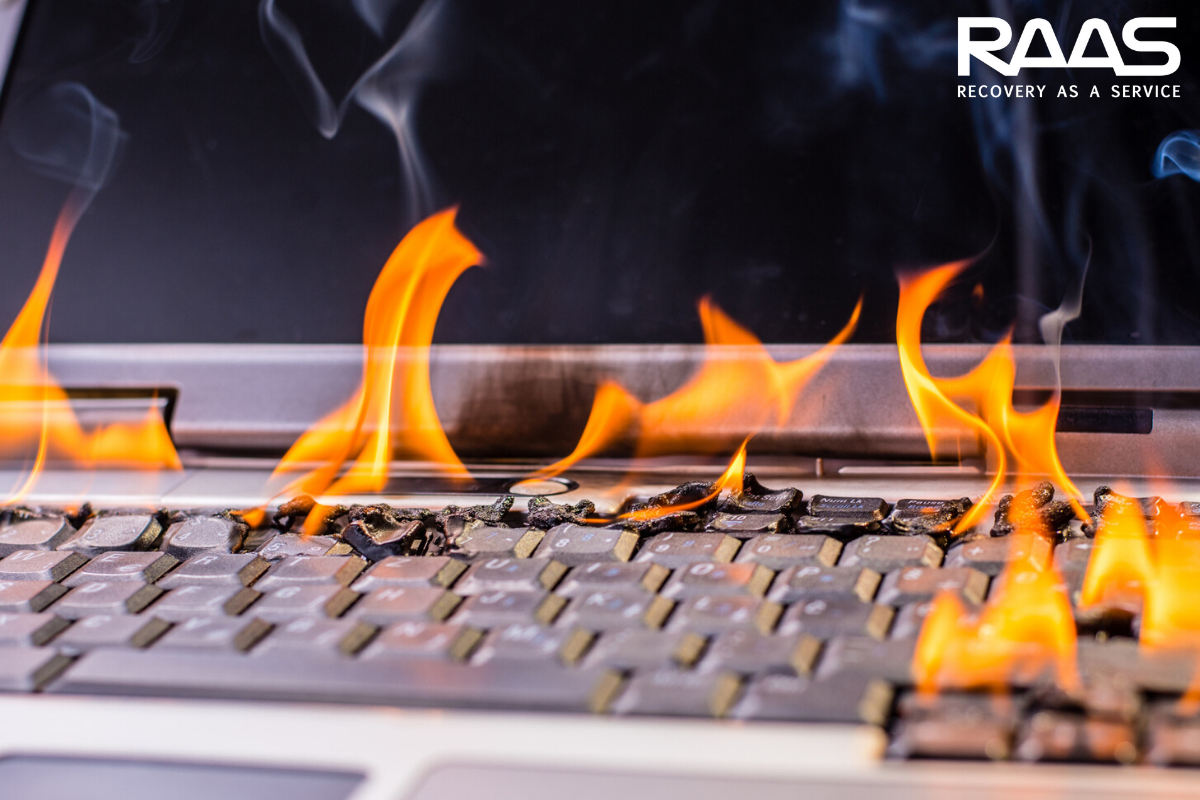Any IT manager must be prepared to face possible IT disasters, guaranteeing a quick recovery even in the most extreme scenarios. A disaster can be a general software failure, server crashes, data theft or any situation that compromises the normal operation of the business. In an era in which we are so dependent on technology, it is essential to ensure that you have the right solution to recover from disaster scenarios. In today’s article, we present you the best disaster recovery strategies!
Take an inventory of your IT infrastructure
Preparing to respond to an attack or computer disaster begins long before it happens. The IT manager must make a survey of all information about the hardware and software that make up the system, how they are related and the probability of failure in each one of them. You must know your IT structure very well to reduce disaster response time as much as possible.
Have an automatic backup solution
The data of a business is extremely important for its correct functioning and is the first step in any continuity plan. The backup is nothing more than a copy of the important articles for your business. So, if the original file is lost, there is a kind of “duplicate” that will save it. It is important to keep in mind that this copy must be stored in a different location from the original location and must be kept in a safe environment. The backup ensures that, regardless of your current strategy, you will continue to have secure data so that the business can continue as usual. Today, several computer viruses are real threats to information. There are also more and more attacks aimed at stealing data. And we are never free from natural disasters that can destroy a company’s entire IT infrastructure. It is advisable that the copy of your data is stored in the Cloud, as this way you can have instant access from any place to your information. Cloud solutions are more secure than traditional options and are also more economical.
Define responsibilities in the disaster recovery plan
When disaster strikes, you need to know the role that each person will play. In a time of stress, the IT manager should not waste time delegating tasks and assigning roles. For a recovery strategy to be successful, there must be great prevention work. It is essential to train the team on the methods to be adopted in the event of a computer disaster and each employee must know what role he will play at the time the disaster occurs.
Set priorities
It is necessary to check how tolerant the business is in relation to the loss of data and the interruption of normal activities. The company must begin by answering two fundamental questions:
- How much will it cost to recover the data?
- How long will it take to recover the data?
Thus, with the answer to these two questions, it is possible to define the recovery point and the recovery time, which will be the starting points for the correct definition of a disaster recovery plan. The recovery point can be measured by the amount of information that can be lost until the company has to stop its normal operation. This point indicates the moment when the information needs to be recovered so that the company does not stop. The recovery time defines the moment, after the attack or computer disaster, for normal operations to be resumed.
Then, the priority is to define what data we need to recover. This step involves much more than databases. It is important to take into account the following elements:
- Data volume that needs to be restored
- Mapping of information according to its importance and sensitivity
- Average number of users who have access to data during the recovery process
- Time to restore existing backups
- Information confidentiality
- IT resources needed for recovery
Use a disaster recovery solution
We are dependent on technology and there is no denying this. Despite being increasingly evolved, unfortunately there are still no 100% safe solutions, so the systems and infrastructures of companies are every day exposed to risks of a human nature, risks of mechanical failures and risks of natural disasters. For this reason, it is increasingly important to implement a disaster recovery solution that combines the policies and procedures necessary to ensure the recovery of information and the rapid return to normality in the event of a disaster or computer attack. RAAS is a disaster recovery service fully managed by a specialized team and gives you the possibility to recover a virtual server in seconds. Talk to us and learn more about this solution.

